
Goddesses of the Winter Solstice- Mothers of Divine Light
As the wheel of the year turns to Winter Solstice, we are able to be guided by and align with of ancient traditions, mythical goddesses, and the enduring significance of the season. The Winter Solstice, the longest night and the return of the sun, has long been associated with goddesses in various cultures. These divine figures embody the cycle of life, death, and rebirth, making this time of year a great time to tap into myth and history.
During the Winter Solstice and Yule, these goddesses take center stage, guiding us through the darkness toward the promise of new beginnings.
Norse Goddesses
The Norse pantheon includes several goddesses who are intrinsically connected to the Winter Solstice. Let’s meet two of them!
Frigg
Frigg, the queen of the Aesir, is linked to the Winter Solstice. Her presence during this time influences the length and severity of winter. She is often depicted with her spindle, symbolizing the spinning of the wheel of the year. As we gather to celebrate the Winter Solstice, we honor Frigg’s role in steering the course of the season. We love adding a drop spindle to an alter when we honor Frigg.

Skadi
Skadi, the frost giantess, reigns over the winter season and the hunt. Her stories emphasize the formidable aspects of winter, yet she also embodies the enduring spirit of nature’s strength. As we end up in the chill of the Winter Solstice, Skadi reminds us of the primal forces that winter can wield.
Celtic Goddesses
Within Celtic mythology, several goddesses play vital roles during the Winter Solstice:
Cailleach
Cailleach, the enigmatic Winter Hag, embodies the harshest aspects of winter. She brings the cold and snow, a reminder of the trials this season presents. But Cailleach is not merely a bringer of darkness; she is a symbol of transformation. Her ability to turn to stone and back echoes the eternal cycle of life, death, and rebirth. She brings with her gifts of shadow and silence- how to be still and listen.
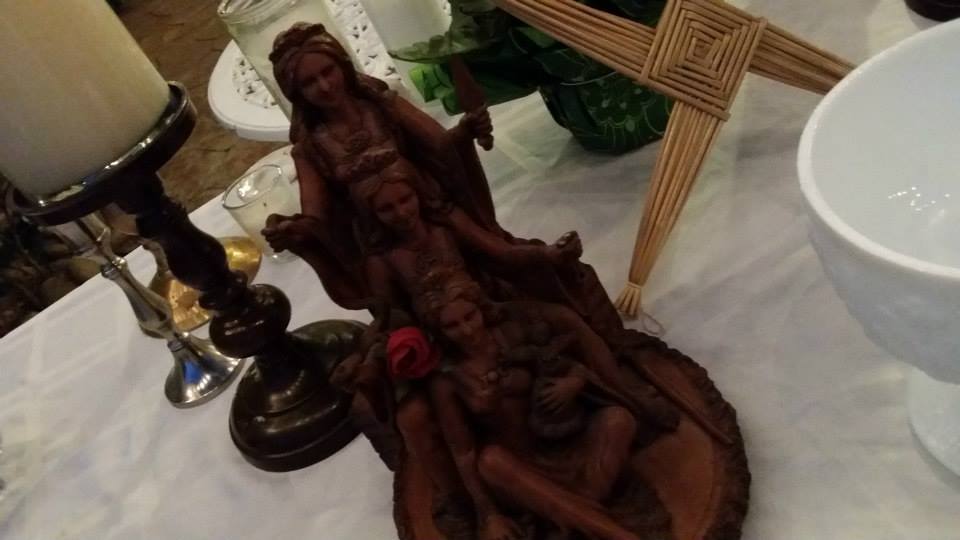
Brigid
As the Winter Solstice transitions into Imbolc, Brigid takes the stage. Brigid is the goddess of fire, poetry, and healing. She presides over the transition from winter to spring, signifying the return of light, warmth, and life. She awakens the earth in the earliest transition from winter to spring. When we celebrate Brighid during Yule, we honor her transformative power.
Other Goddesses from Around the World
Beyond the Norse and Celtic traditions, goddesses from diverse cultures also take part in the Winter Solstice:
Demeter (Greek)
Demeter, the Greek goddess of agriculture, is tied to the changing seasons, and because of that, many of the sabbats. Her story, involving the abduction of her daughter Persephone by Hades, aligns with the ebb and flow of the natural world. Her grief during Persephone’s absence results in winter’s barrenness, while her joy at her daughter’s return symbolizes the arrival of spring. We can honor her, her sacred rage and the hope and knowledge that spring will come anew.
Amaterasu (Japanese)
In Japanese folklore, Amaterasu, the sun goddess, is aligned with the Winter Solstice. Her retreat into a cave, causing darkness and chaos, mirrors the Winter Solstice’s descent into darkness. Though she was tricked into coming out, her eventual return to the world symbolizes the resurgence of light, warmth, and life.

Modern Interpretations and Worship
In modern Pagan and Wiccan traditions, the Winter Solstice continues to be a time where we honor these goddesses. We see Her as mother of the divine light in many different ways. We can honor her through ritual, family gatherings, sunrise moments and more. Want to learn more about celebrating the solstice? Check this out.
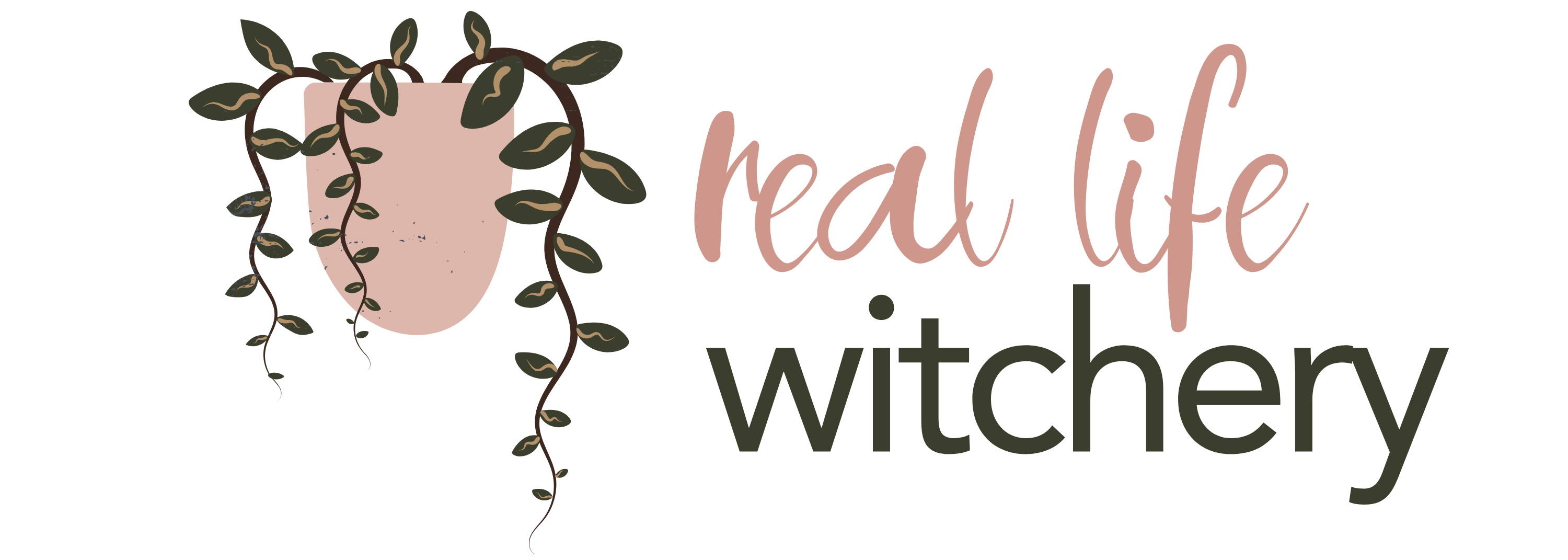
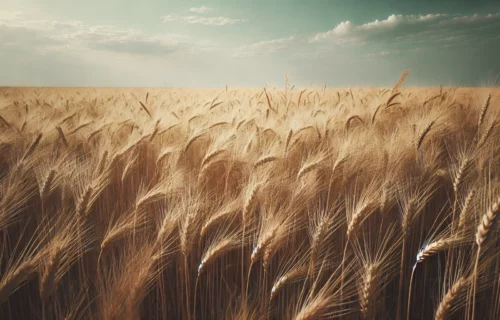
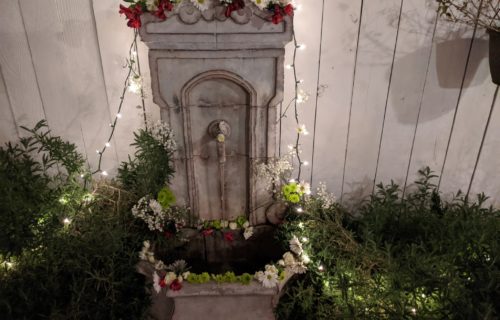
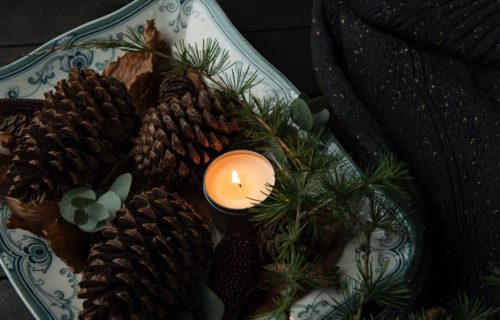
Add A Comment